
Assembly Instructions
IGE Assembly Instructions
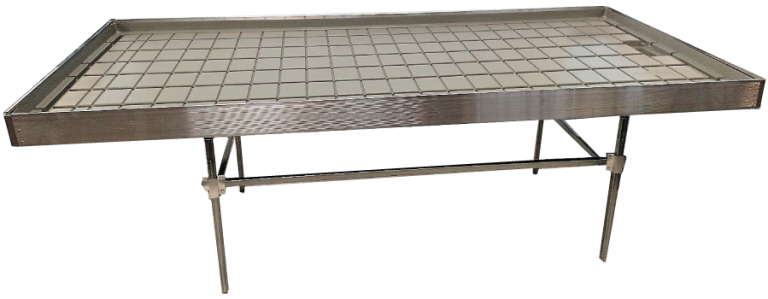
Ebb & Flow Bench Assembly
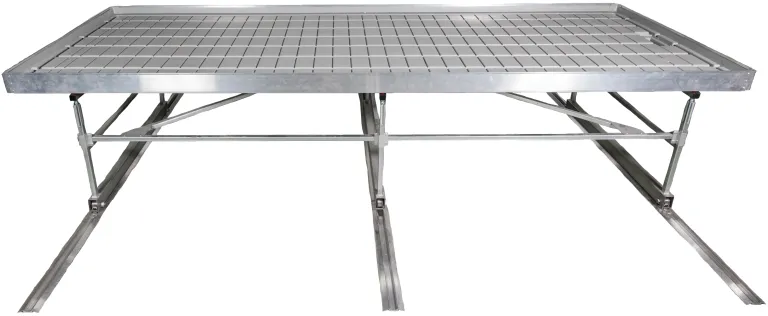
Track Bench Assembly

Archive & Rolling Rack Assembly

Grow Rack Mobile Cart Assembly
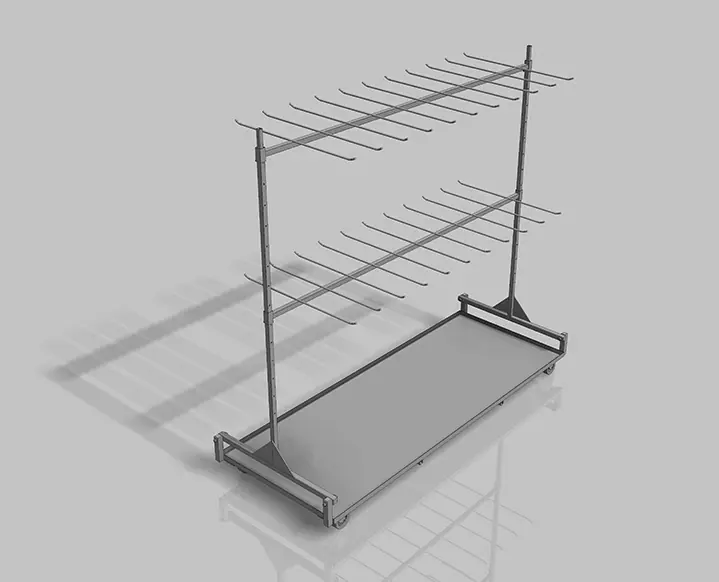
Mobile Dry Rack Assembly
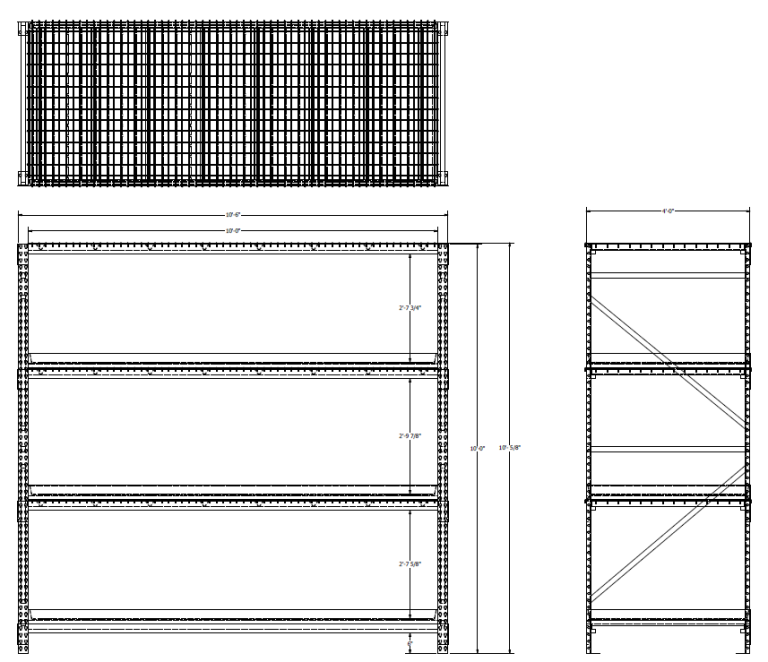
Standard Multi Tiered Benches

Air Flow System Assembly
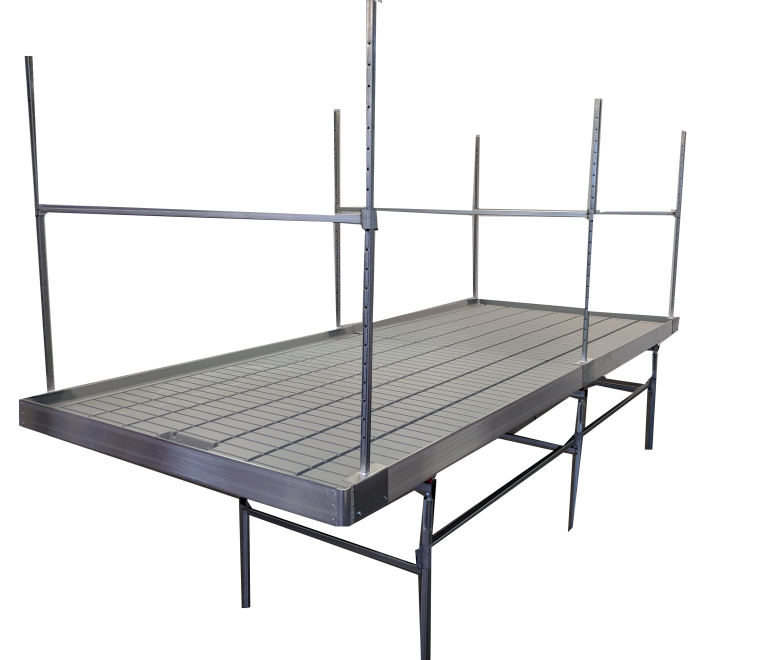
Plant Support System Assembly
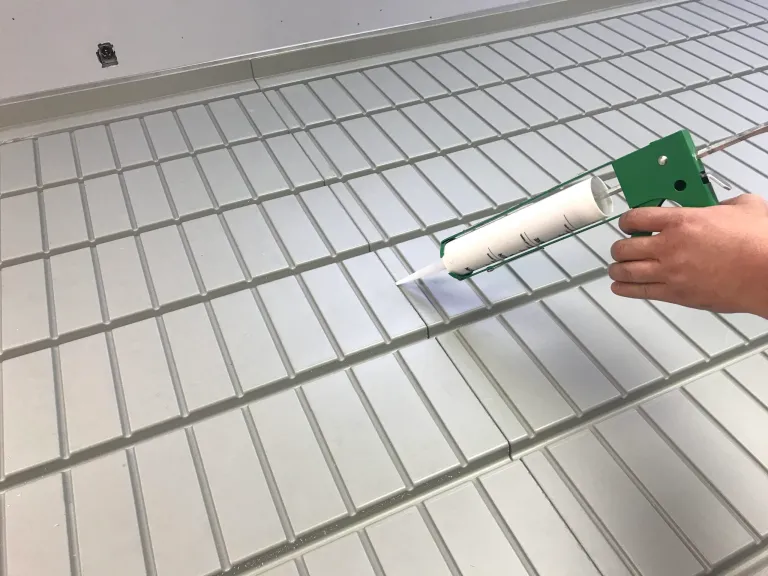
Gluing Instructions

Old-Style Plant Support System
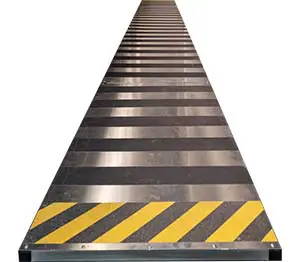
Catwalk System Assembly
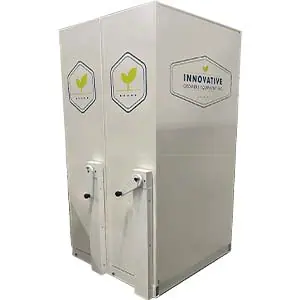
Secure Retail Racking System
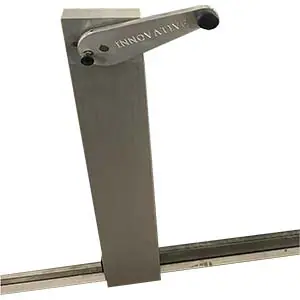
ITB Mechanical Assist Assembly
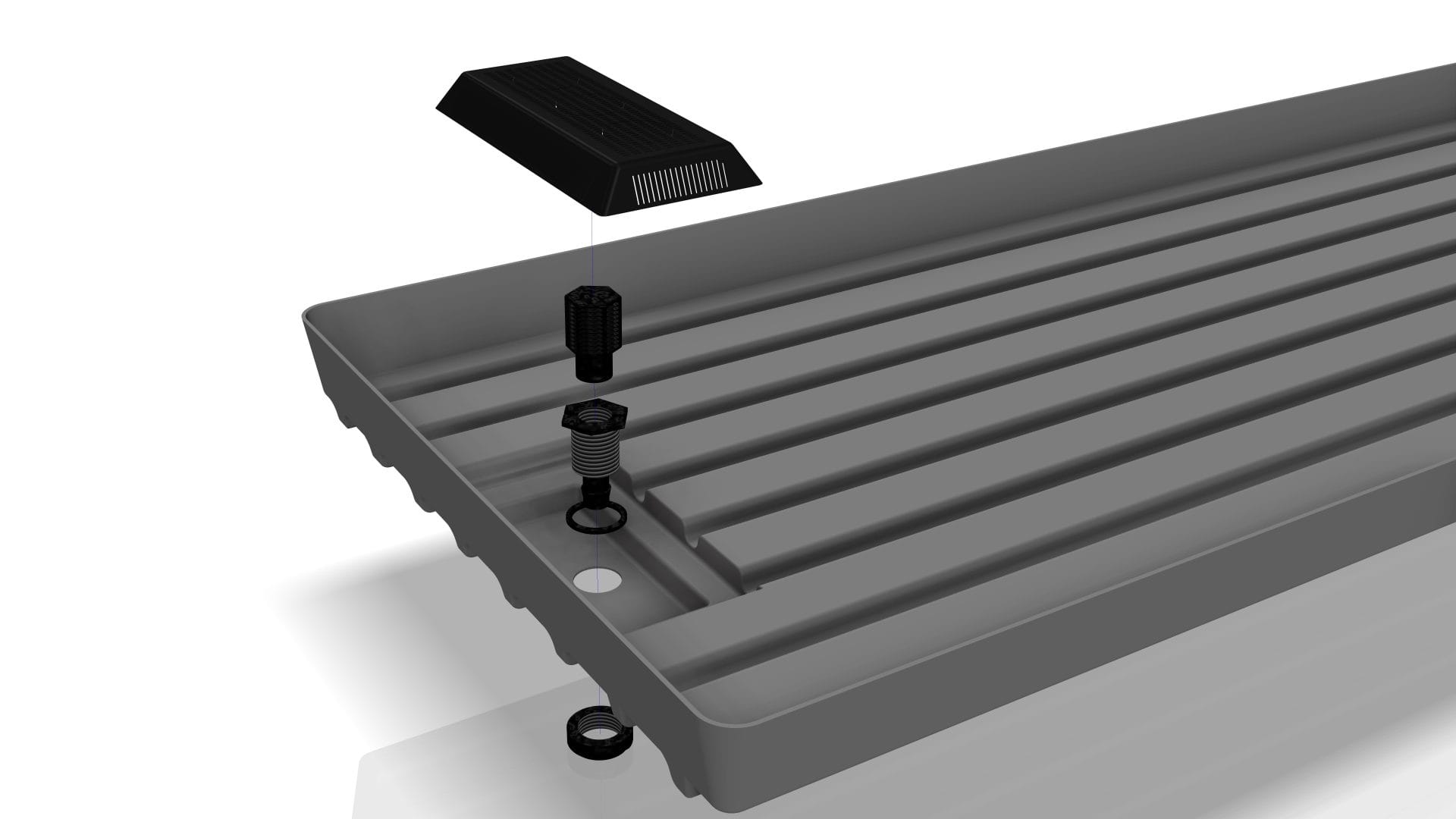
Filter and Fitting Instructions
